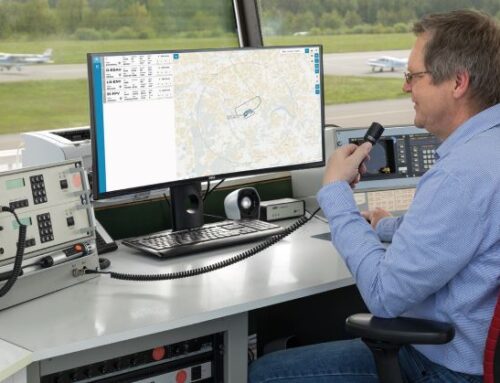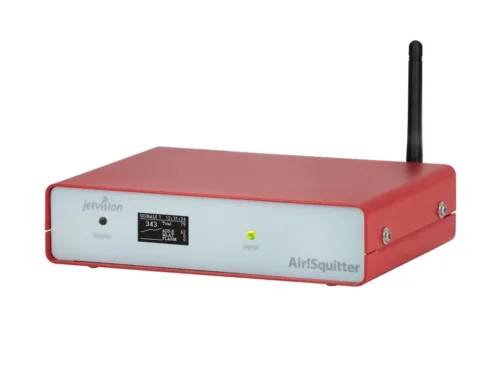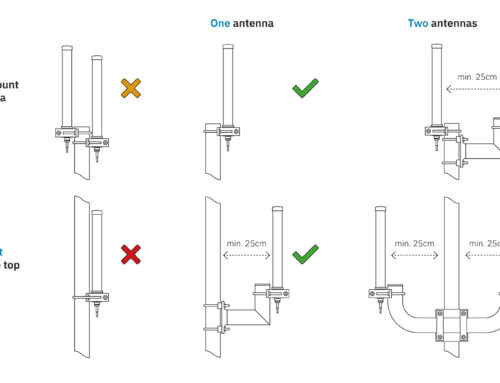Version 240412.0400.02
30.04.2024
Free MLAT service for private users
As a private user, you receive high-precision position data that is calculated on the server side in the jetvision multilateration network (MLAT). This is a service that we already offer free of charge for private use. You can see the real positions of all transponder-equipped aircraft in real time and unfiltered. This allows you to monitor the airspace in a quality that ADS-B-based networks alone cannot achieve.
The contractual relationship between us arising from this commitment has always been governed by our General Terms and Conditions for Private Users (B2C). With this software update, we ask you once again to confirm your status as a private user and inform you of our current General Terms and Conditions.
We would also like to take the opportunity to offer our users better support. We therefore give you the option to deposit your e-mail for technical support purposes. This enables us to send you information about updates and also inform you about technical problems that we detect on the server side, for example. When registering your jetvision receiver, you can also choose whether you would like to receive our occasional newsletter with news about jetvision and articles about products and solutions in the field of flight tracking.

jetvision's Air!Squitter and Radarcape EVO – now with new software
Increased Flight Tracking precision
We have quadrupled the synchronization of the time stamp to the GPS signal. The resolution of our time stamp is now based on 4 ns instead of the previous 16 ns. This gives the timestamp less jitter and better linearity. We have also transferred our many years of experience in operating the devices and analyzing different conditions into significantly improved monitoring of the timestamp and GPS status.
New map functionalities: Data priority and Google Maps API key
Since we are seeing more and more aircraft transmitting their position incorrectly via ADS-B, either knowingly or unintentionally, and our high-precision multilateration shows the correct position, we have added the function to change the priority of the position data to the maps. Where previously ADS-B always came before MLAT before OGN decoder FLARM positions, the highest priority can now be assigned to any source. This always gives you the real position, not where the aircraft wants you to think it is.
The API key for accessing Google map services can now be overwritten in the Settings menu if desired.
UAT support for Air!Squitter FLARM
As the Air!Squitter FLARM is equipped with a wideband SDR channel, it can be configured to receive UAT signals on 978 MHz instead of FLARM, which operates on 868 MHz, as of this release. UAT 978 MHz is also supported on both card types, for example when filtering by data source, and also in the statistics.
New feeder software for Flightradar24
Flightradar24 announced at the end of last year that due to protocol changes, the feeder version previously used in Radarcape and Air!Squitter can no longer feed into the Flightradar24 network. Initially, jetvision products were not affected by this. Nevertheless, an update is now required for further feeds to Flightradar24 and this is available with our newly released software version.
Native support, i.e. without the installation of additional software, is also available for PlanePlotter, OpenSky Networkand ADSB Exchange and the jetvision Air!Squitter FLARM for the Open Glider Network OGN. FlightAware is supported by the option of installing piAware in the background and configuring and monitoring it via our web interface.
Open Glider Network (OGN) Decoder Update 0.3.2 for Air!Squitter
You may have heard about the announced Change to the FLARM firmware update policy which has been active since 14.03.2024 00:00 UTC . The software update for Air!Squitter FLARM now includes the new OGN decoder version 0.3.2 for receiving FLARM-equipped gliders and streaming to the Open Glider Network. This ensures continued support for the latest FLARM protocol version in time for the start of the new flying season.
More information about this release
Further information about possibly later versions with minor changes can always be found at
https://wiki.jetvision.de/wiki/Radarcape:Version_History










